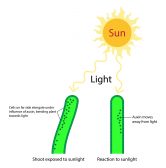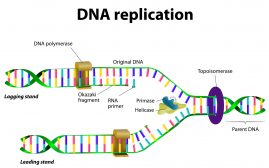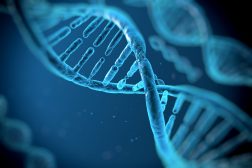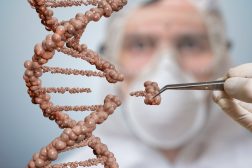Definition
noun, plural: chelicerates
Any of the species belonging to the subphylum Chelicerata
Supplement
The chelicerates are species of the subphylum Chelicerata, which in turn, belongs to the largest phylum of the animal kingdom – Arthropoda (arthropods). The arthropods are characterized by having segmented body or specialized body regions, jointed and paired appendages (limbs), and a hard chitinized exoskeleton. The chelicerates are arthropods that are named for their feeding appendages called chelicerae. The chelicerae are specialized pair of appendages that appear before the mouth. These appendages have become a part of the mouth and in spiders, the chelicerae form fangs. These fangs may be associated with a venom gland and therefore are used to inject venom into a prey or into a potential threat. Most chelicerates also have pedipalps. The pedipalps are specialized appendages that are found next to the chelicerae and in front of the first walking legs. The pedipalps may be modified to perform a range of functions including food manipulation and sensing, locomotion, defense, and reproduction. Most of the chelicerates’ body plan is comprised of two tagmata: the prosoma and the opisthosoma. The chelicerates have an open circulatory system just as other arthropods. As for their respirator systems, marine chelicerates have book gills whereas terrestrial chelicerates have book lungs and tracheae.
The subphylum Chelicerata is comprised of the following taxonomic classes: Merostomata (horseshoe crabs and eurypterids), Pycnogonida (sea spiders), and Arachnida (scorpions, spiders, etc.).
Word origin: Greek cheilos (lips) + cheir (arm)
See also:
Dictionary > Chelicerate
You will also like...

The Water Cycle
The water cycle (also referred to as the hydrological cycle) is a system of continuous transfer of water from the air, s..

Chromosomes X and Y and Sex Determination
This tutorial looks at sex determination via the sex chromosomes, X and Y. Read it to get more info on X and Y chromosom..

Plant Auxins – Phototropism & Geotropism
Plants produce hormones to regulate their growth. Auxins, for instance, influence plant growth. Know the role of auxin i..

DNA Structure & DNA Replication
DNA is a double helix structure comprised of nucleotides. A nucleotide, in turn, is made up of phosphate molecule, deoxy..

Genetic Control – On and Off Genes
Genes are the blueprint of our bodies, a blueprint that creates a variety of proteins essential to any organism's surviv..

Genetic Engineering Advantages & Disadvantages
This tutorial presents the benefits and the possible adverse eventualities of genetic engineering. Know more about this ..

